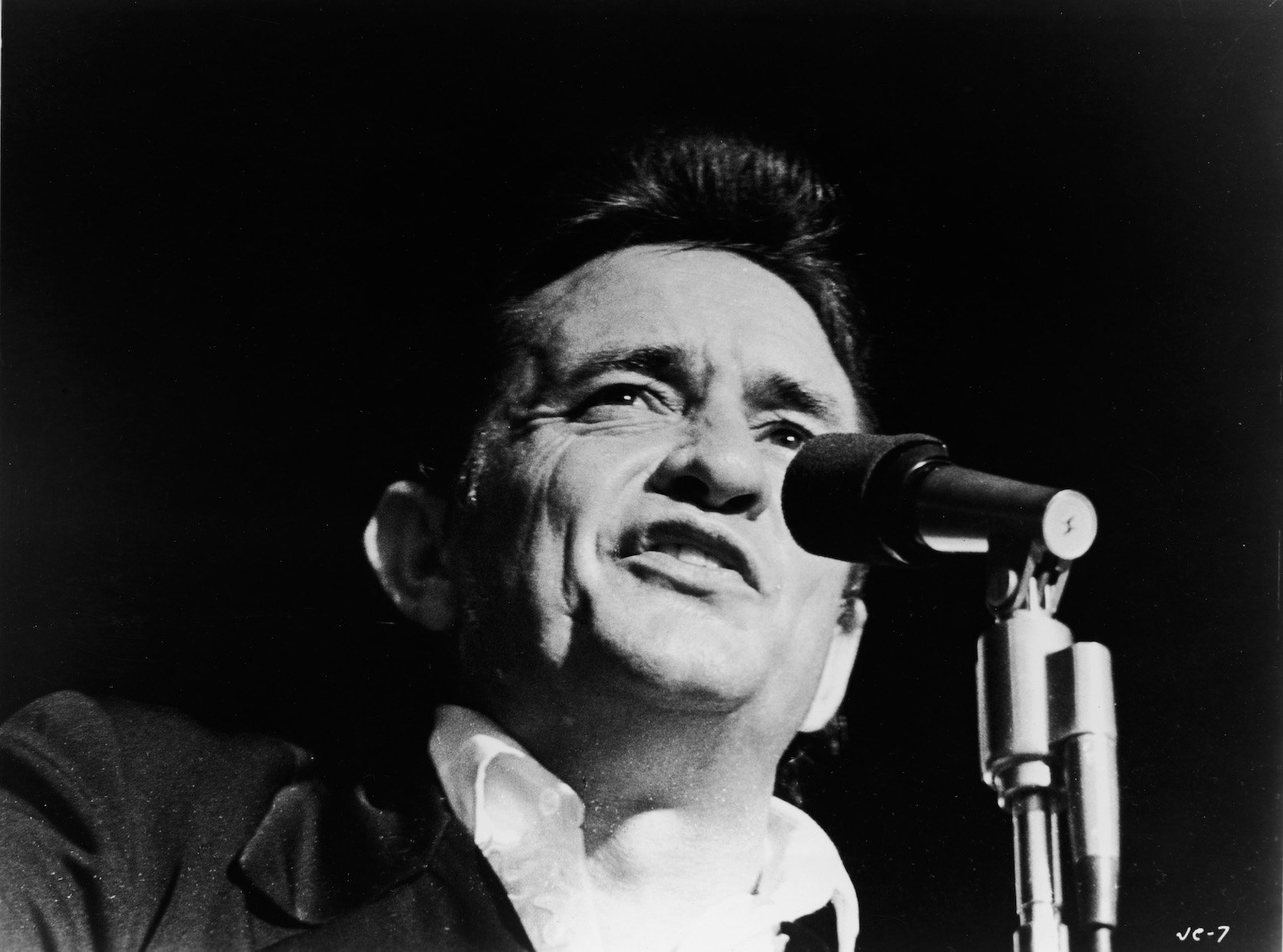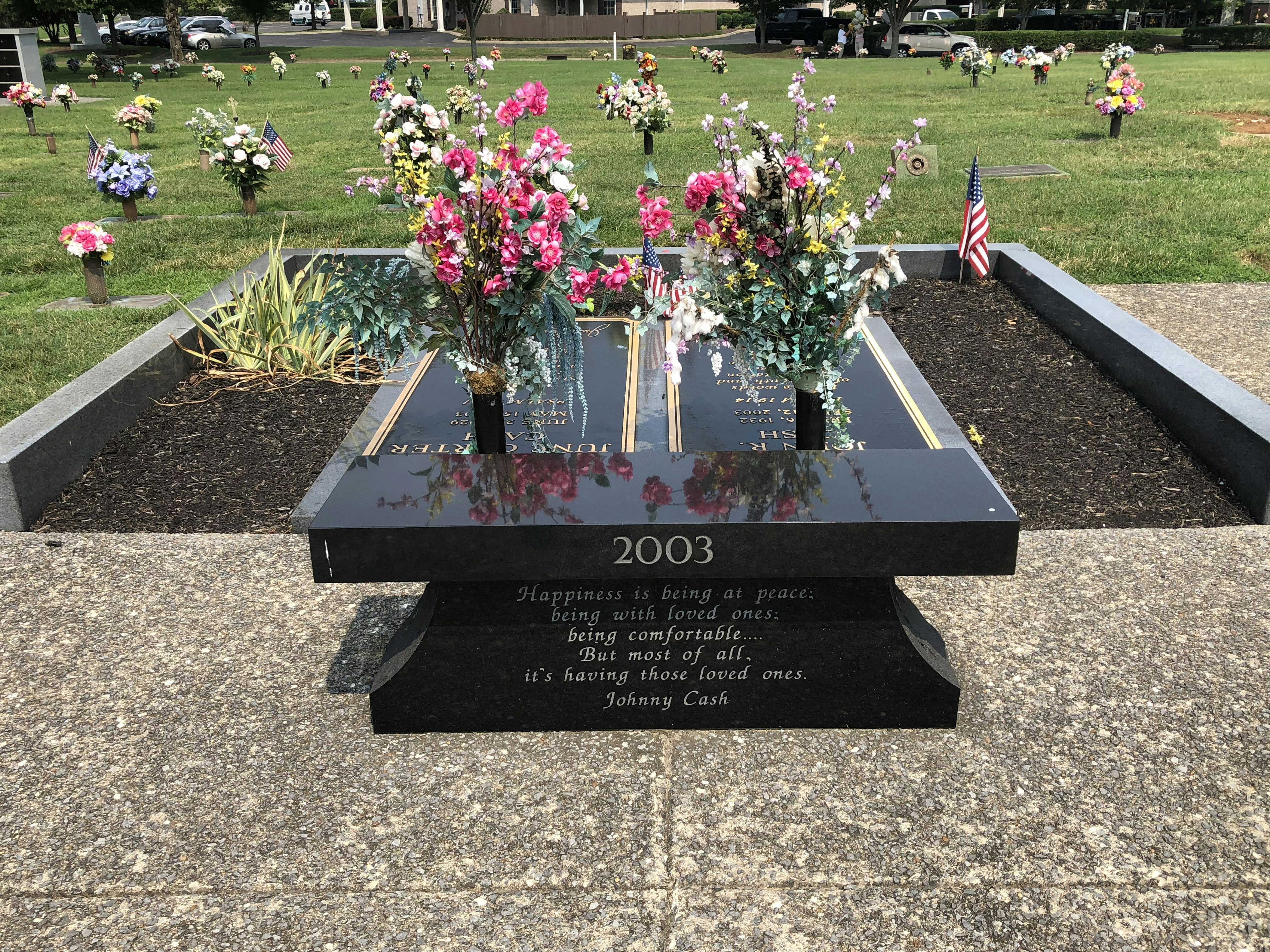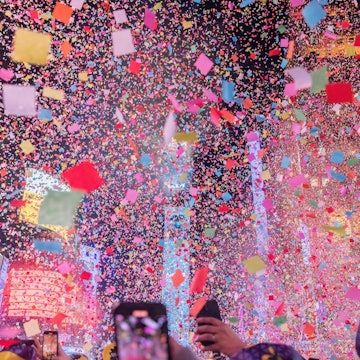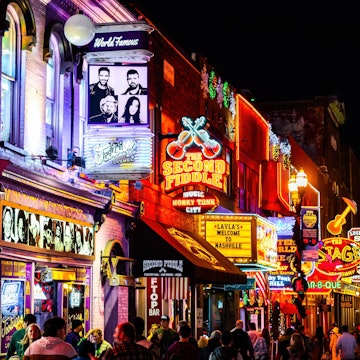
I’ve been everywhere (at least in Arkansas and Tennessee): A Johnny Cash road trip
Aug 20, 2019 • 6 min read

There is a newly erected statue where Johnny Cash and the Tennessee Two first performed © Robert Annis / Lonely Planet
Most probably can’t remember the first time they heard Johnny Cash’s voice. Chances are, his deep bass has been a constant rumble through your life for decades. More than 15 years after his death, Cash remains an American icon, resonating with fans of all ages and backgrounds. Visiting some of the sites that inspired Johnny Cash gives fans a deeper appreciation of his music – songs filled with love, death, protest, regret, and redemption – and the complicated man who wrote them.

As much as we would love to include all the historic Johnny Cash sites on this road trip (‘Folsom Prison Blues’, anyone?), we tried to make this list realistic for a long weekend.

Dyess, Arkansas: Johnny Cash’s boyhood home
Johnny Cash was born in Arkansas and spent his childhood in Dyess, a New Deal-era farming colony. It was a hard life for the Cash family, all of whom toiled long hours in the cotton fields. But in the evenings, young Cash – known as JR to his family – would listen to country music on radio station WMPS and sing hymns with his mother, Carrie. The family piano still sits in the small two-bedroom home, which is now open to the public and listed on the National Historic Register.
Tours of the Historic Dyess Community are $10 for adults, and include the Cash home and several other historic buildings filled with Cash memorabilia and information about the farming community. As you walk the grounds, think about the song ‘Five Feet High and Rising,’ about a massive flood that almost destroyed the community when Cash was just a boy.

Memphis, Tennessee
After his honorable discharge from the US Air Force, Cash moved to Memphis. There he met Luther Perkins and Marshall Grant, who would become his backing band, the Tennessee Two. The trio’s first paying gig was a fundraiser at the Galloway Methodist Church, playing a selection of gospel tunes, including ‘Balthazar,’ which Cash wrote. The church has since been transformed into condos, but that first paid gig has been commemorated with a statue of Cash just steps away at 999 S. Cooper St. Although the statue was only recently erected, it already has become a must-stop selfie spot for visiting music lovers.
Fewer than four miles away, Cash cut his first tracks at Sun Studio, a recording studio and music label also known for signing Carl Perkins, Jerry Lee Lewis, and a nearly forgotten singer-songwriter named Elvis Presley. On the $15 tour, try not to get chills as you step into the relatively tiny recording studio where Cash cut hits like ‘Cry, Cry, Cry’ and ‘Hey Porter.’ If you feel like channeling your inner Cash, Sun is still a working studio, and you can record your own songs for a price.
Parents note – kids 5-11 years old are free, but children four and under are prohibited.

Bon Aqua, Tennessee
During the height of Cash’s success, his accountant began embezzling money and buying up real estate throughout Tennessee. He was eventually caught, and Cash sold all the properties but one, a 107-acre farm just west of Nashville. The home would become Cash’s refuge from fame and bright lights. As a thank you to the Bon Aqua residents for giving him his privacy, Cash bought an old general store and transformed it into a rehearsal and performing space where he’d sometimes play free, low-key concerts for the community. He wrote a song about those nights called ‘Saturday Night in Hickman County.’
Both the ranch and the venue are now open to the public as the Storytellers Museum. Tours of the house and venue might be considered a bit pricey at $25 per adult, but it does include a short live performance – often by Cash’s nephew, Mark Alan Cash. Another highlight is sitting in the unique car inspired by Cash’s hit, ‘One Piece at a Time.’
Nashville, Tennessee
You’ll want to devote at least a couple hours to the Johnny Cash Museum, filled with all sorts of memorabilia and instruments from Cash’s career. The museum also delves into the issues Cash spoke out about, including society's treatment of prisoners and Native Americans. It’s the most comprehensive retrospective of the ‘Man in Black’ you’ll find anywhere, so maybe give that song a listen before you head inside. Tickets start at $14 for kids and $20 for adults.
Cash was famously banned from the high church of country music, the Ryman Auditorium, when he kicked out the stage lights in a drug-fueled frenzy in 1965. But all was soon forgiven, and he filmed most episodes of The Johnny Cash Show there from 1969-1971. The show is widely praised for the breadth of musical talent who appeared, including Bob Dylan, Joni Mitchell, and Louis Armstrong. One of the most thrilling performances was Cash performing Kris Kristofferson’s incredible ‘Sunday Morning Coming Down.’ ABC censors wanted Cash to change the lyrics to the song from ‘wishing, Lord, that I was stoned’ to ‘wishing, Lord, that I was home.’ True to character, Cash sang the lyrics exactly as they were written, and defiantly looked directly into the camera as he did.
If you have time in Nashville, visit the Country Music Hall of Fame (tickets start at $26) and Columbia Studio A, where Cash and Dylan recorded their beautiful duet, ‘Girl from the North Country.’ Although that was the only song officially released, bootleg recordings of the entire session have circulated for years.
If you’re feeling peckish after your tour, Robert’s Western World offers cheap burgers, cold beer, and live honky-tonk music on Nashville’s bustling Broadway. No matter who’s playing, you can bet they’ll play ‘Folsom Prison Blues’ or other Cash covers.

Hendersonville, Tennessee
Johnny Cash bought his 4.5-acre estate at 200 Caudill Drive in 1968, and he and his wife June Carter Cash lived there until their deaths in 2003. He even bought the four-bedroom ranch house across the street for his parents. Pre-internet, fans still managed to get the address and make a pilgrimage to see Cash. According to local stories, Carrie Cash would often invite these fans into her home for coffee and a chat. Perhaps the most infamous uninvited guest, at least at the time, was Kristofferson, who landed a helicopter on the grounds so he could give Cash his demo tape for ‘Sunday Morning Coming Down.’
The home was sold to the Bee Gee’s Barry Gibb upon Cash’s death, and unfortunately burned down during renovations in 2007. Locked gates keep interested fans off the property, but you can still see some of it from the road (a drone will give you a bird’s eye view of what’s left of the ruins). Because June and Johnny spent many of their years together in the home and it was destroyed in a blaze, perhaps the most appropriate song to capture the moment would be ‘Ring of Fire’ (June co-wrote the song).
Appropriately, the last stop on the road trip is Hendersonville Memory Gardens, where June and Johnny were laid to rest. The gravesite is easily accessible from the cemetery road. A bench overlooking their tombs gives visitors a place to ponder not only Cash’s influence on music, but more importantly, Cash as a human being. Rarely has a pop-culture figure transcended so many boundaries or spoken out so loudly and often against injustice. Pulling away from the cemetery, call up ‘Ain’t No Grave’ on your Spotify playlist. No grave will hold Johnny Cash down as long as his music lives on.
https://shop.lonelyplanet.com/products/eastern-usa-travel-guide-4















